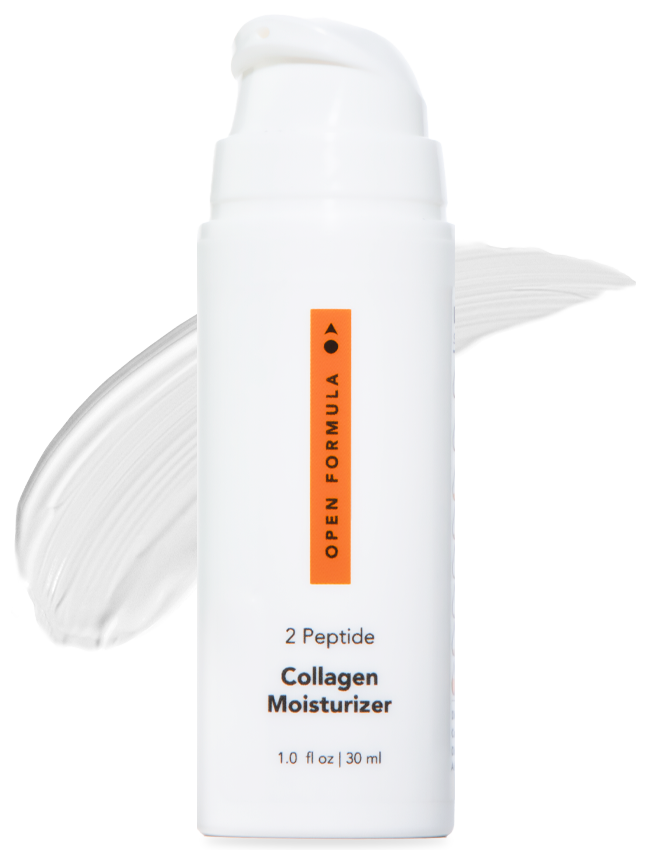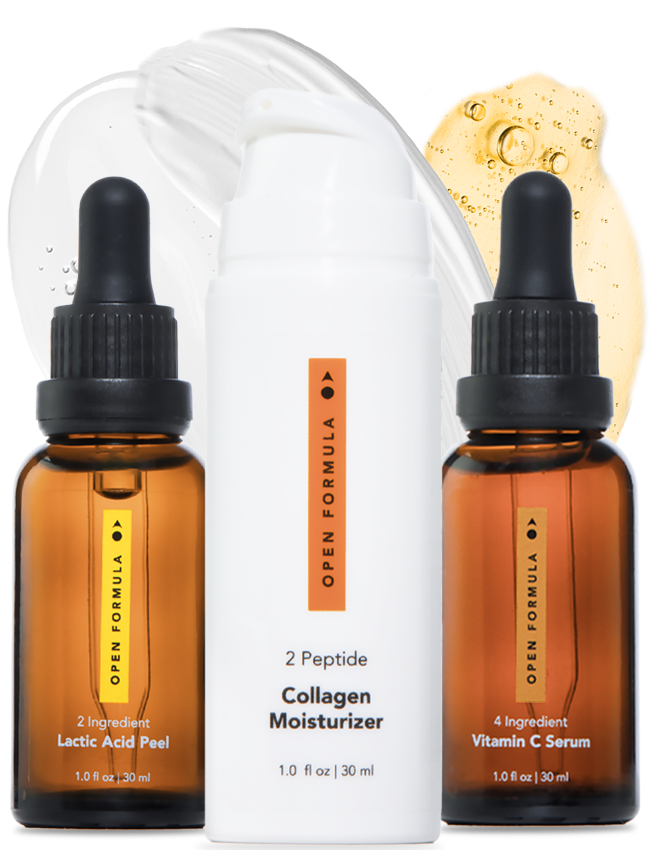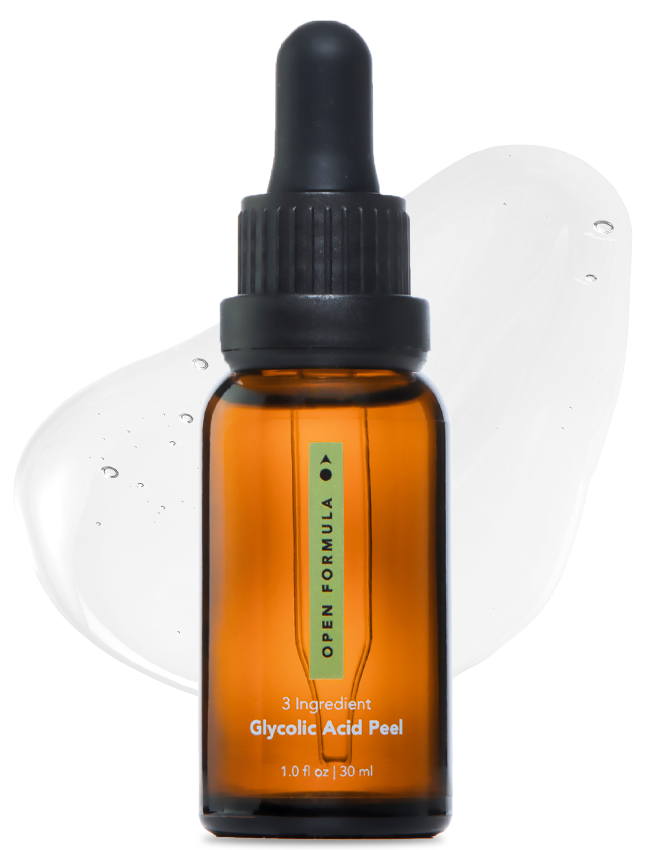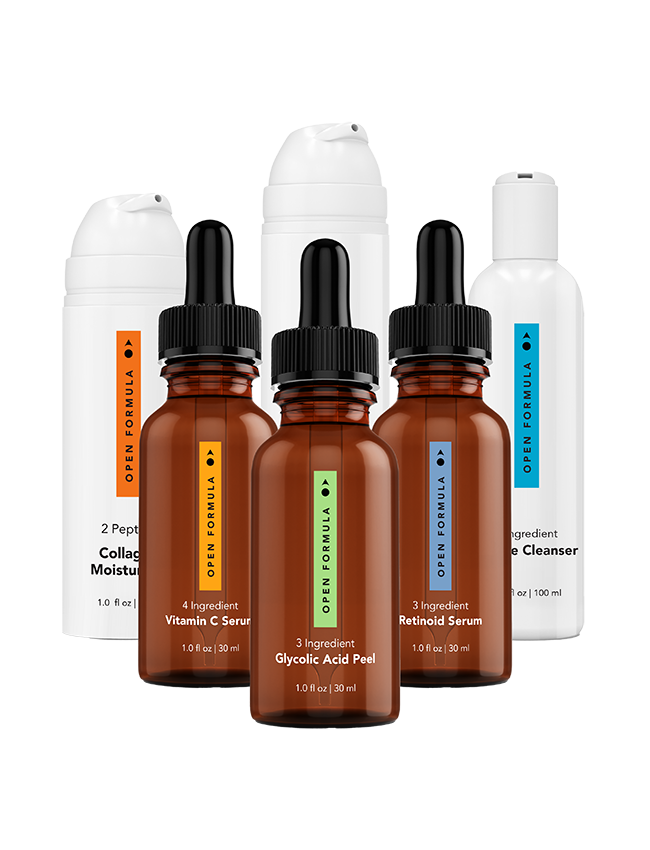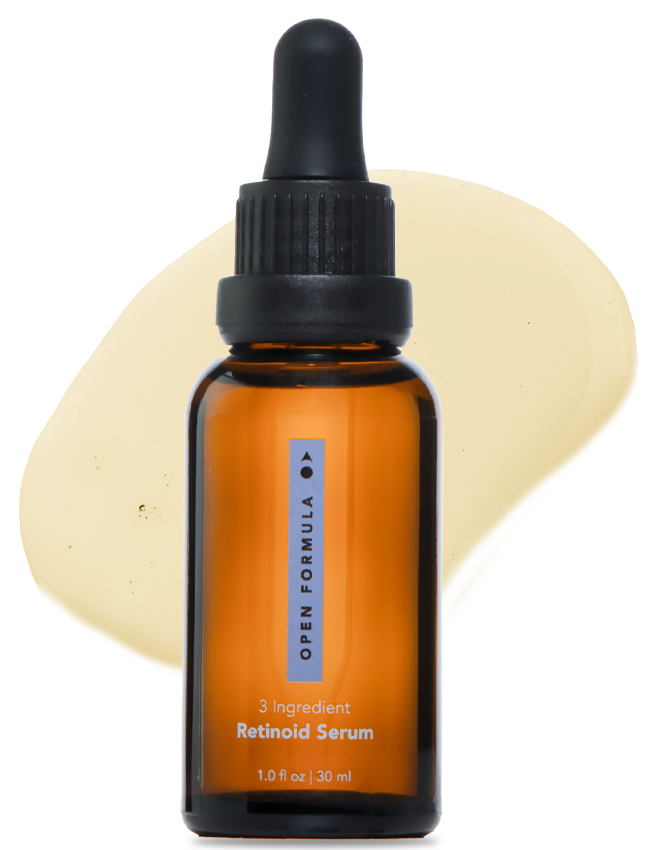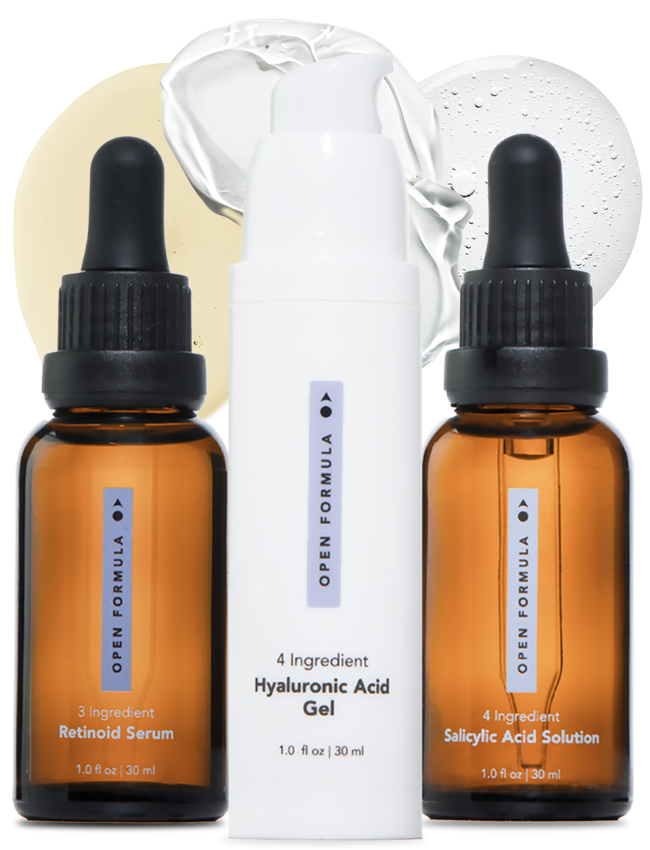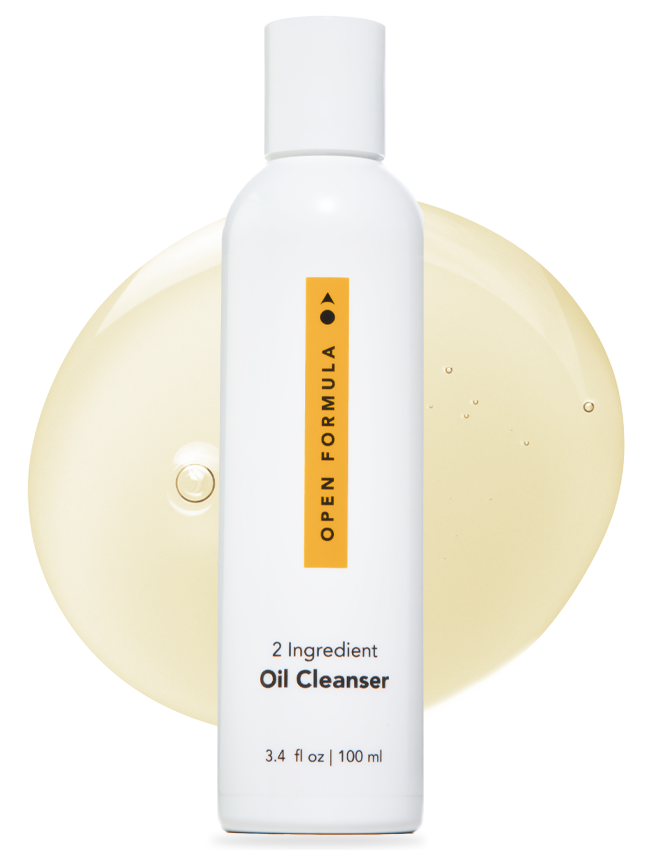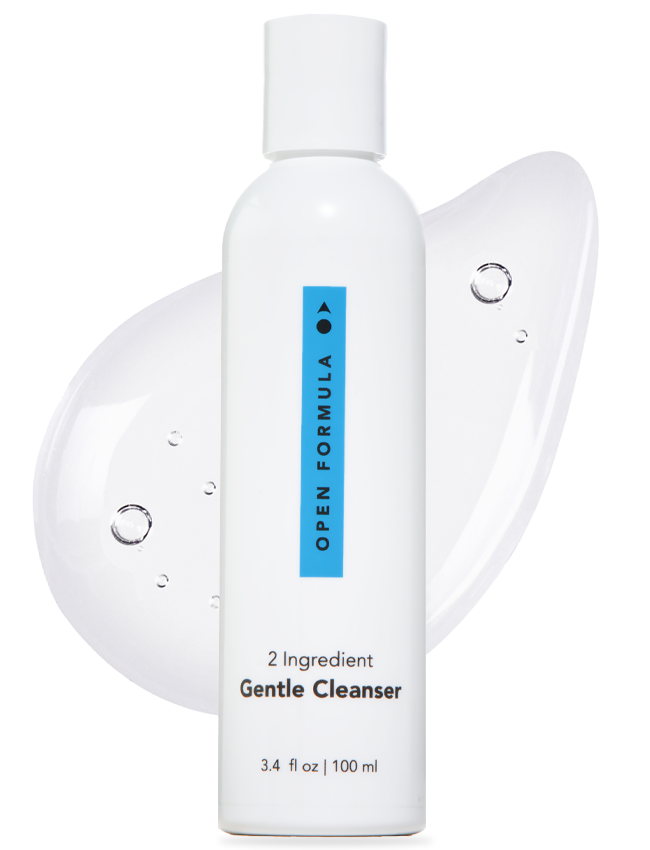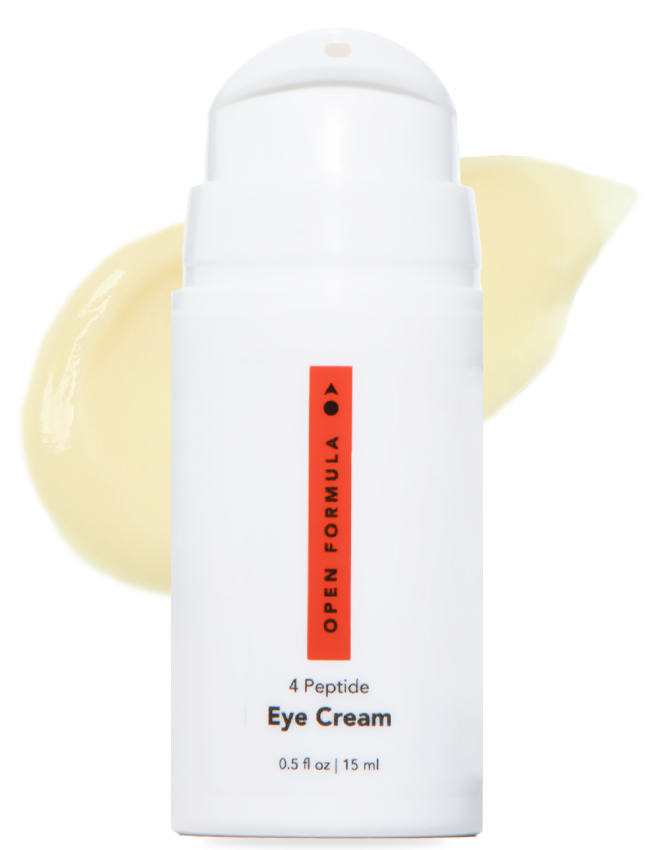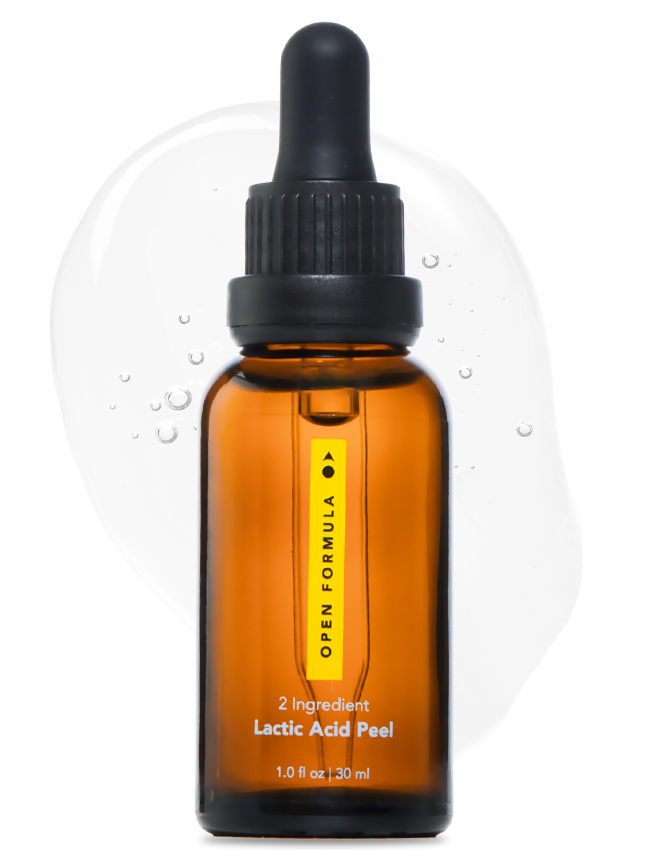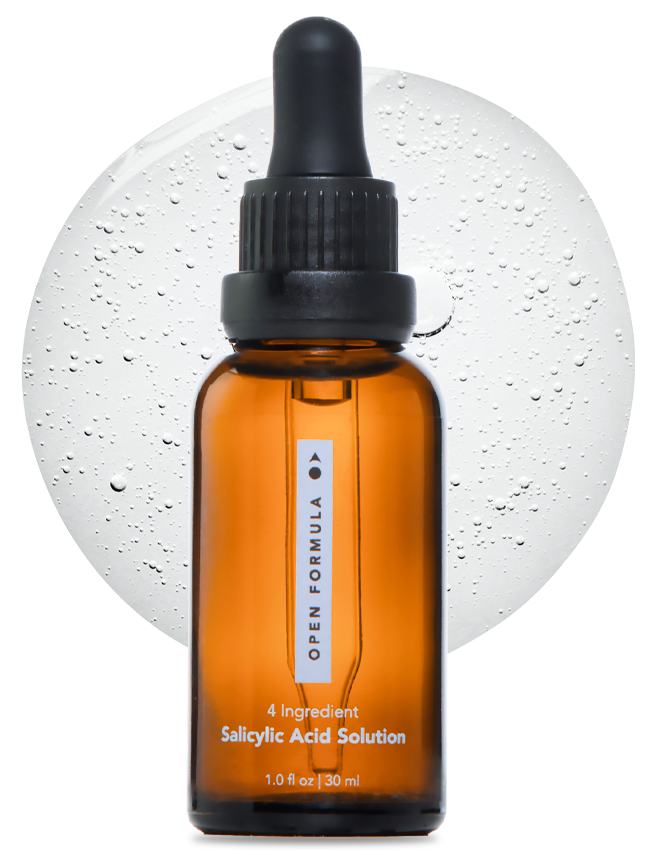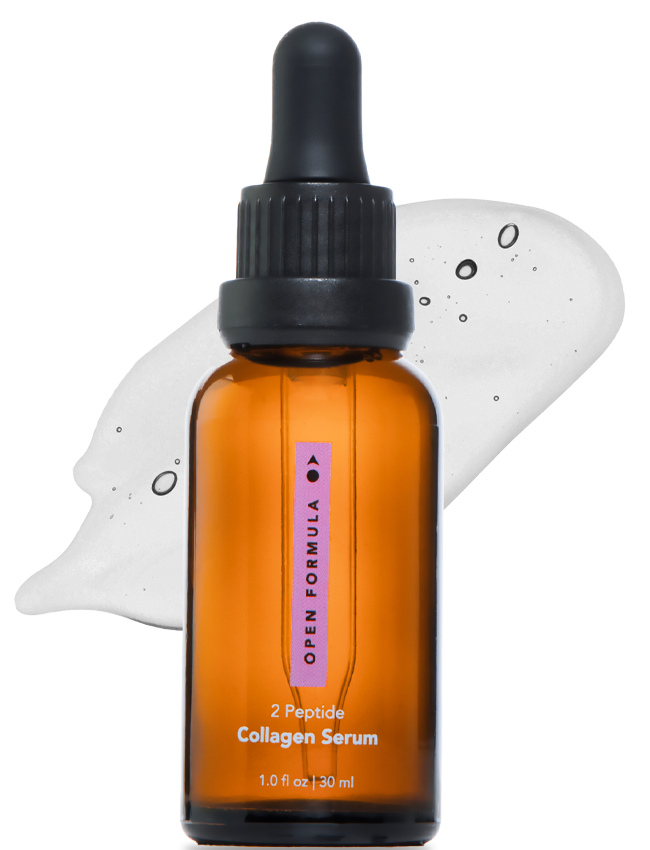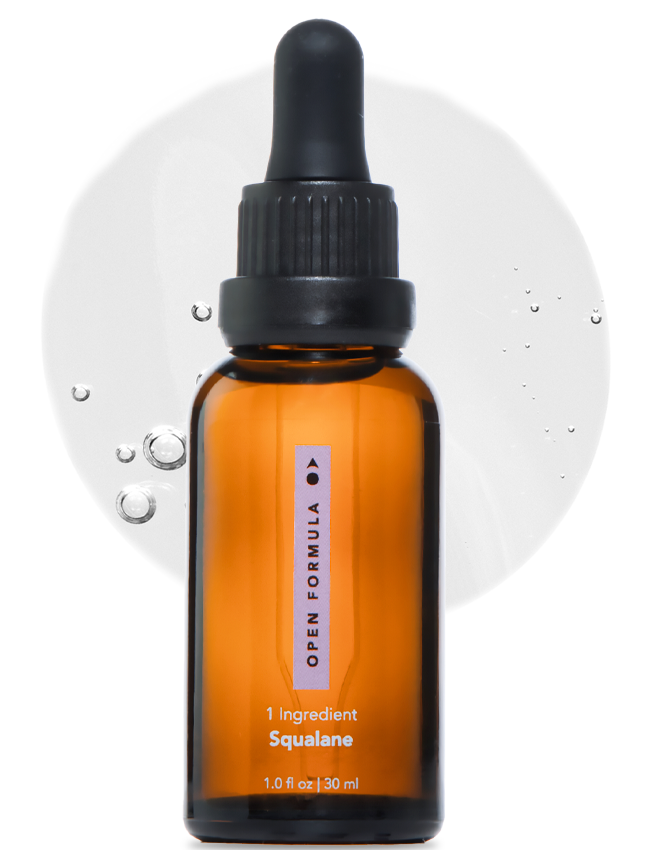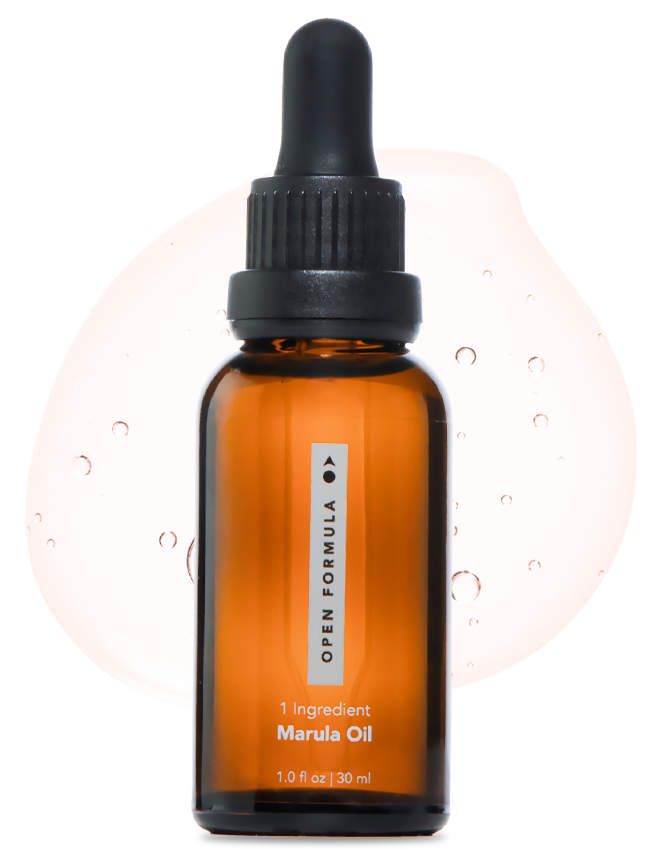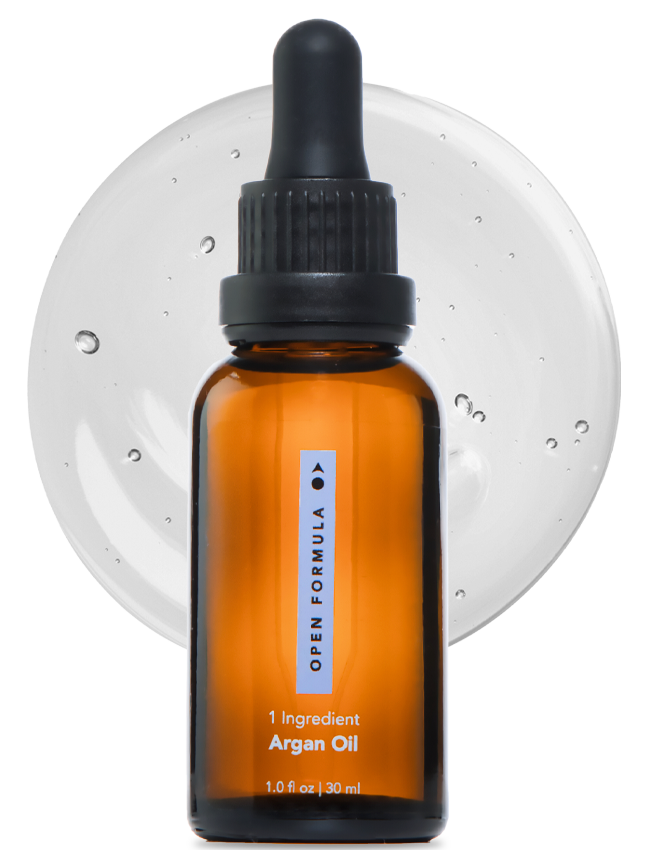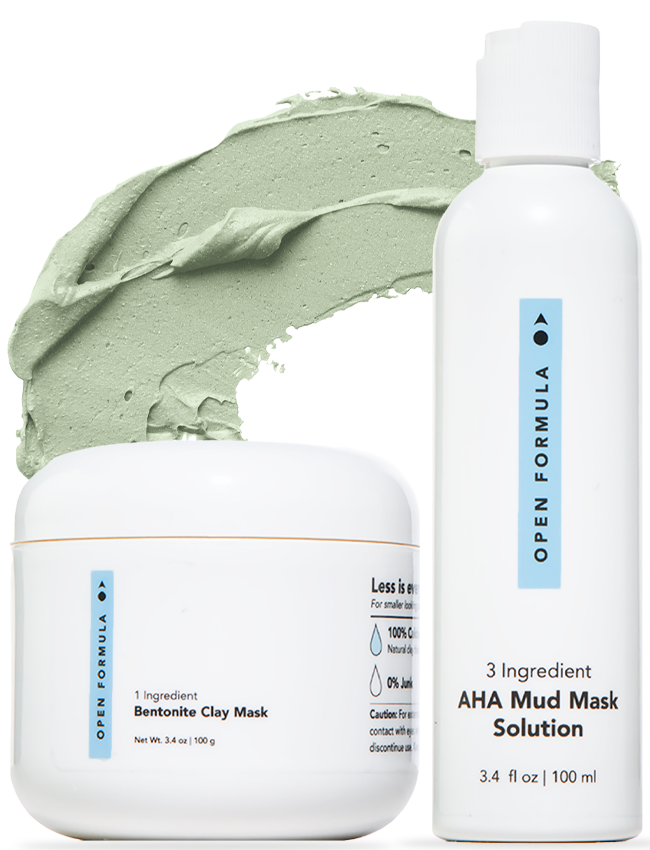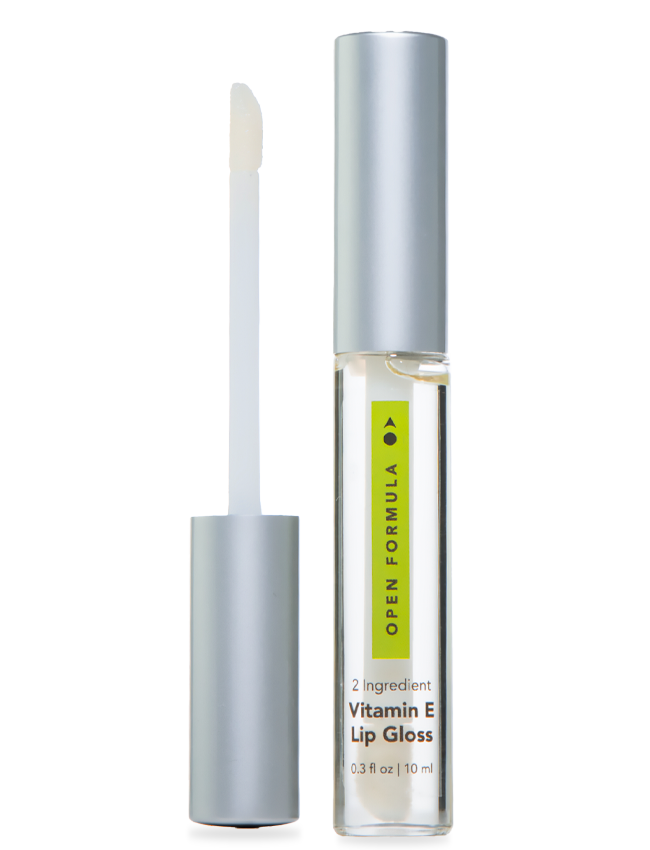Used correctly in a skincare routine, exfoliants (aka exfoliators) can help with acne, get rid of dark spots, and smooth out wrinkles. And bring immediate brightness and a glow to your face. If you're thinking, how often should I exfoliate, we'll answer that and more in this guide.
But if NOT done properly, exfoliation can cause skin stinging, irritation and be extremely unpleasant.
What is exfoliation?
Exfoliation entails getting rid of dead skin cells and buildup on the surface of your skin. You might be wondering, what’s the big deal?
Isn’t just washing my face enough to get rid of that? The truth is, no.
You should be exfoliating your skin to get rid of any dead skin cells hanging around.
What do exfoliants do for acne & problem skin?
Dead skin cells can clog pores, causing acne and breakouts. Using a simple exfoliant is a great first line of action against acne!
And it gets even better—exfoliating doesn’t just help with breakouts.
And what do exfoliants do for aging skin?
Exfoliation also encourages skin cell turnover, the process of old skin cells getting replaced with new skin cells. As part of the aging process, skin cell turnover naturally slows down. By using products that encourage it, you have new, young skin cells on the surface.
What about dark spots & hyper-pigmentation?
Encouraging cell turnover also helps to fade pigmentation and uneven skin tone—this means your skin is going to absolutely glow!
What types of exfoliants should I use?
The two most common methods are physical exfoliation and chemical exfoliation.
A physical exfoliant literally physically buffs all the dead skin cells away, plus gives you the satisfaction of feeling like you’re actually doing something. However, you’ve got to tread carefully when it comes to physical exfoliants—they’re not all made equal!
A chemical exfoliator instead relies on acids to dissolve the ‘glue’ that holds dead skin cells together. Gently encouraging them to slough off the skin and reveal new, glowing skin underneath.
What are Physical Exfoliants?
Contrary to what handy Pinterest recipes would make you think, DIY recipes are not safe for use on skin. They usually suggest using things that are way too harsh on face skin—coffee grounds and sugar for example. A controversial, yet common physical scrub ingredient is also walnut shells. They’re way too rough for use on the face, thanks to their jagged edges, and can cause microtears.
The thing is, this doesn’t mean that all physical exfoliants are bad for your skin. You just have to know how to exfoliate with the right products. Like a powder exfoliant that combines gentle, gradually dissolving physical exfoliators with the benefits of mild chemical exfoliants for super smooth skin. Powder exfoliants are convenient to use in the shower. And you can follow up with the rest of your skincare routine afterwards, usually without using a cleanser.
What are Chemical Exfoliants?
There are two main types of chemical exfoliants, AHAs (alpha-hydroxy acids) and BHAs (beta-hydroxy acids).
The most common AHAs are glycolic acid and lactic acid. AHAs are great all-rounders that can help smooth skin texture, unclog pores, and give radiance to your skin. They are good for all around anti-aging benefits. Glycolic tends to be the strongest because of its small molecule size, which penetrated the skin fast for quicker visible results. Lactic acid is more mild and moisturizing, making it a great choice for dry or sensitive skin.
There is only one BHA - salicylic acid. Salicylic acid is especially effective for oily and acne-prone skin. Because it can penetrate the oils that sit on top of the skin, and fatty build up clogging pores.
It basically de-gunks clogged pores by dissolving the oil holding onto any dead skin cells, plus has potential oil-controlling abilities. It is also ideal for acne-prone skin because it is anti-inflammatory and antibacterial, making it perfect for calming down existing breakouts and preventing more from happening.
How Often Should I Exfoliate
It depends on 1.) how strong your exfoliator is, and 2.) what form it comes in.
Acid exfoliants typically come in a liquid form. They might be called acid, or peeling solutions. The best way to use those is to apply on a cotton round and wipe the skin for 30-60 seconds. Depending on how strong the acid is, and how well your skin tolerates it, you can let it dry and apply your other products. Or wash your face with water to neutralize any sensation. And then move on with your skincare routine.
Low to medium strength acid exfoliants, or peels, that you use at home (generally 10% or lower concentration) can be used 2-4x a week. But if it’s your first time, start once a week. Let the skin build tolerance, and then increase the frequency.
Stronger chemical peels (20-30% total acid concentration) should be used once every week or two at most.
Use these acid exfoliators after cleansing, and before your other products.
If you are using a physical / powder exfoliant, a good frequency is also 2-4 times a week, but it also depends on how strong it is.
If the powder exfoliant is foaming, you don’t need to cleanse before - you get double benefit, cleansing and exfoliation in one. If it is more of a scrub, you need to cleanse first so it can work better.
Do not overdo exfoliation!
Using an exfoliant is one of the few skincare rituals that gives instant results, so it's easy to see how people can go a little overboard with it.
If you over exfoliate, you will likely experience redness and irritation. Your skin will feel dry and tight. So like any other good thing, use in moderation
Here’s to glowing skin.








